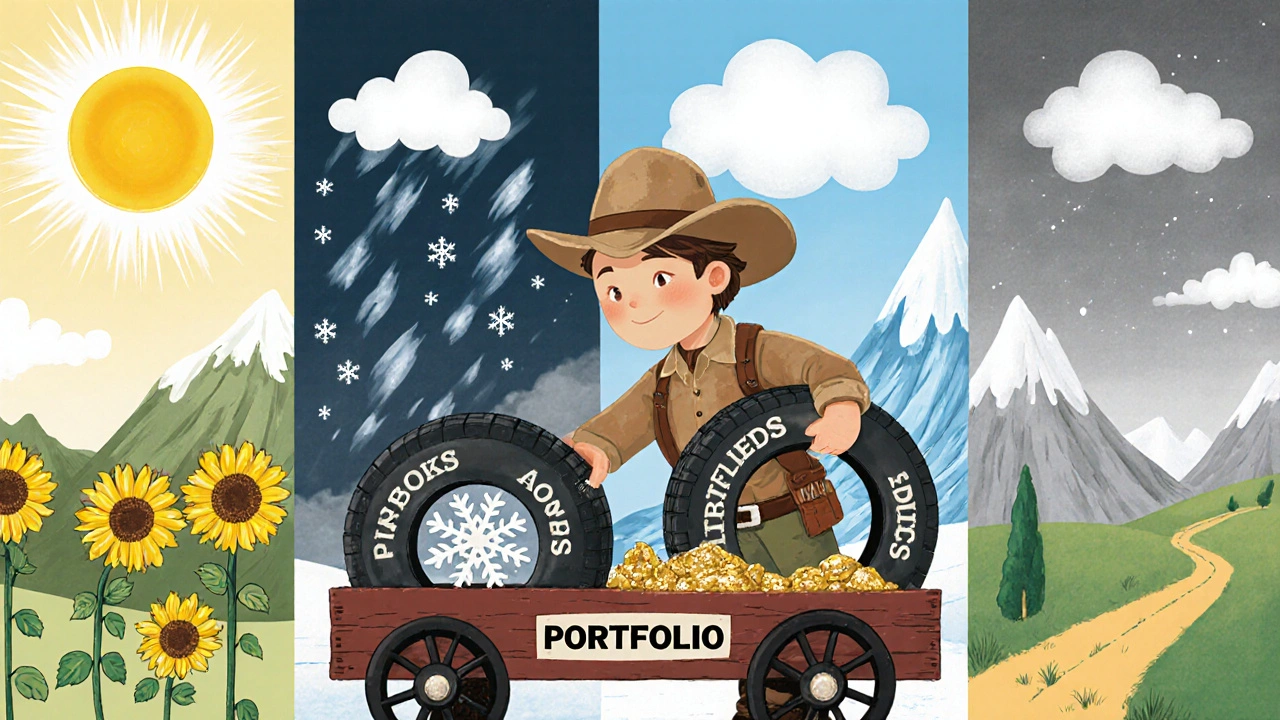Portfolio Weighting: How to Balance Assets for Better Returns
When you build a portfolio weighting, the process of deciding how much of your money goes into each investment to balance risk and return. Also known as asset allocation, it's not about picking the best stocks—it's about getting the mix right so one bad bet doesn't wipe out your gains. Most people think investing is about finding the next big winner. But the real edge comes from how you spread your cash across different types of assets—stocks, bonds, crypto, real estate—and how much you let each one grow before you rebalance.
Think of it like cooking. You wouldn’t dump all salt into one dish and call it balanced. Same with your money. If you put 90% of your portfolio into tech stocks and they crash, you’re not just down 10%—you’re down 90%. That’s why asset allocation, the strategic distribution of investments across asset classes based on goals, risk tolerance, and time horizon matters more than timing the market. A well-weighted portfolio doesn’t need to be flashy. It just needs to hold up when things go wrong. And that’s where diversification, spreading investments across different sectors, geographies, and asset types to reduce exposure to any single risk comes in. You don’t need 50 different funds. You need the right few, in the right amounts.
Some folks use simple rules—like 60% stocks, 40% bonds. Others tweak weights based on market conditions or their age. But the real trick? Rebalancing. Markets move. Your portfolio drifts. What started as 50/50 can turn into 70/30 without you doing a thing. Left alone, your risk profile changes. That’s why checking your weights every six to twelve months isn’t busywork—it’s risk management. And it’s something every investor, whether they trade crypto or hold index funds, needs to do.
You’ll find posts here that break down how mortgage REITs affect your bond exposure, how ETFs with different holdings can skew your weighting, and why fractional shares make it easier to fine-tune your mix without needing a big balance. You’ll see how brokers handle automatic reinvestment, how estate planning tools like trusts can change your asset structure, and why even small investors need to think about weighting—not just buying. This isn’t theory. It’s what separates people who grow wealth slowly from those who lose it fast when the market turns.




